Home>Storage & Organization>Closet & Wardrobe Organization>How To Organize Open Shelves
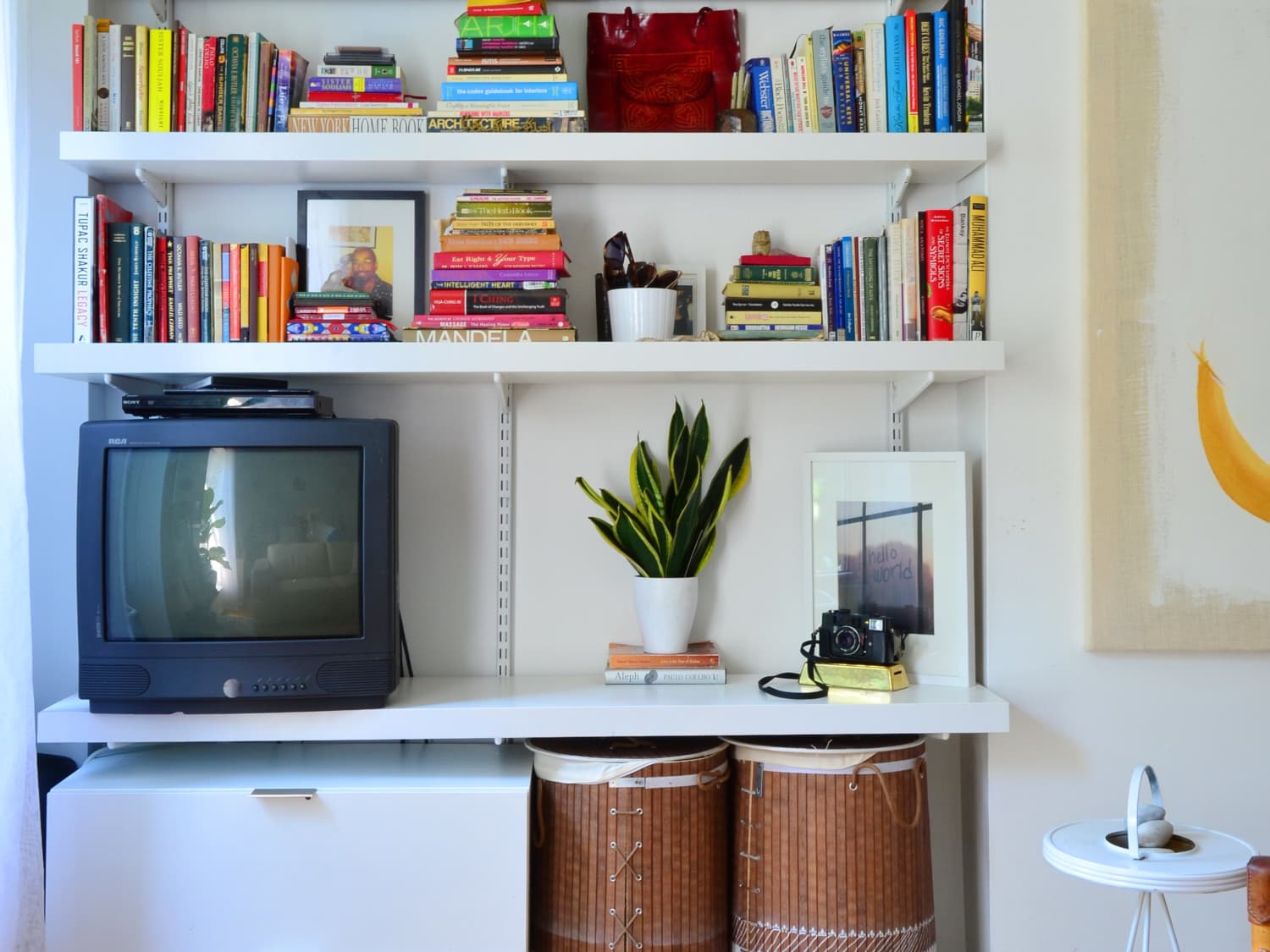

Closet & Wardrobe Organization
How To Organize Open Shelves
Modified: August 28, 2024
Learn how to effectively organize your open shelves for a clutter-free closet and wardrobe. Discover practical tips and ideas for efficient storage solutions. Achieve a tidy and stylish space today!
(Many of the links in this article redirect to a specific reviewed product. Your purchase of these products through affiliate links helps to generate commission for Storables.com, at no extra cost. Learn more)
Benefits of Open Shelving
Open shelving has become increasingly popular in modern homes due to its numerous benefits. Here are some advantages of incorporating open shelving into your living space:
-
Enhances Visual Space: Open shelves create an illusion of more space, making a room feel larger and airier. Unlike closed cabinets, open shelves do not obstruct the view, allowing the eye to travel freely across the room.
-
Showcases Personal Style: Open shelving provides an opportunity to display your favorite items, such as decorative pieces, plants, or colorful dishware. This allows you to showcase your personality and add a personal touch to your living space.
-
Easy Access to Items: With open shelving, items are easily accessible and within arm's reach. This makes it convenient to grab everyday essentials, such as cooking ingredients in the kitchen or toiletries in the bathroom, without the need to open and close cabinet doors.
-
Encourages Organization: Open shelves encourage you to keep items organized and neatly arranged. Since everything is on display, it motivates you to maintain a clutter-free and visually appealing space.
-
Cost-Effective: Open shelving can be a cost-effective storage solution compared to installing traditional cabinets. It requires fewer materials and is often simpler to install, making it a budget-friendly option for homeowners.
-
Versatile Design Element: Open shelves can be incorporated into various design styles, from modern and minimalist to rustic and eclectic. They can be customized to fit the aesthetic of any room, adding both functionality and visual interest.
-
Allows for Quick Decor Changes: With open shelving, it's easy to switch up the decor and give your space a fresh look. You can easily rearrange or swap out items on the shelves to match different seasons or your evolving design preferences.
Incorporating open shelving into your home can bring about a sense of openness, organization, and personalization, making it a valuable addition to any living space.
Key Takeaways:
- Open shelving enhances visual space, showcases personal style, and encourages organization. It’s a cost-effective and versatile design element that allows for quick decor changes, making it a valuable addition to any living space.
- When organizing open shelves, consider functionality, aesthetics, and maintenance. Sort and categorize items thoughtfully, and use styling tips to create visually appealing displays. Regular cleaning and maintenance are essential for keeping open shelves looking their best.
Read more: How To Style Open Shelves In The Kitchen
Choosing the Right Shelves for Your Space
When it comes to selecting the right shelves for your space, it's essential to consider both functionality and aesthetics. Here are some key factors to keep in mind:
1. Space and Layout
Before choosing shelves, assess the available space and the layout of the room. Consider the dimensions of the wall where the shelves will be installed. Take into account any obstructions such as windows, doors, or outlets. This evaluation will help determine the size and configuration of the shelves that will best fit the space.
2. Material and Style
The material and style of the shelves should complement the overall design of the room. For a modern and sleek look, consider minimalist metal or glass shelves. If you prefer a more rustic or natural aesthetic, wooden shelves can add warmth and character to the space. Additionally, the material should be durable and able to support the weight of the items to be placed on the shelves.
3. Weight Capacity
It's crucial to choose shelves that can support the weight of the items you intend to display. If you plan to store heavy dinnerware or large books, opt for sturdy, well-constructed shelves that can bear the load without sagging or warping over time.
4. Adjustable vs. Fixed Shelves
Consider whether adjustable or fixed shelves would better suit your needs. Adjustable shelves offer flexibility, allowing you to customize the spacing between shelves to accommodate items of various heights. On the other hand, fixed shelves provide stability and may be preferable for displaying a specific set of items with consistent dimensions.
5. Installation and Mounting
Evaluate the installation process and mounting options for the shelves. Some shelves require mounting brackets, while others may have a more seamless, floating appearance. Ensure that the chosen mounting method aligns with the wall structure and is suitable for the weight the shelves will bear.
6. Functionality
Think about how the shelves will be used. In a kitchen, for example, open shelves can be used to store frequently used cookware and ingredients for easy access. In a living room or study, shelves may be utilized to display books, decorative items, or personal collections. The functionality of the shelves should align with the intended purpose of the space.
By carefully considering these factors, you can select shelves that not only enhance the functionality of your space but also contribute to its overall aesthetic appeal.
Sorting and Categorizing Items
When organizing open shelves, sorting and categorizing items is a crucial step in maintaining a tidy and visually appealing display. Here's how to effectively sort and categorize items for your open shelves:
-
Declutter and Purge: Before sorting, take the time to declutter and purge items that are no longer needed or used. This will create space for the items that truly deserve a place on the shelves.
-
Group Similar Items: Start by grouping similar items together. For example, in a kitchen setting, group cooking utensils, spices, and cookware separately. In a living room, group books, decorative items, and photo frames into distinct categories.
-
Consider Frequency of Use: Prioritize items based on their frequency of use. Place frequently used items within easy reach, while less frequently used items can be positioned on higher or lower shelves.
-
Utilize Containers and Baskets: Utilize containers, baskets, or bins to further categorize and contain smaller items. This not only adds visual interest but also keeps items organized and prevents them from appearing cluttered.
-
Create Zones: Establish specific zones for different categories of items. For instance, designate one area for glassware, another for ceramics, and another for plants or decorative elements. This creates a sense of order and makes it easier to locate items when needed.
-
Consider Aesthetic Balance: While categorizing, consider the aesthetic balance of the items on display. Mix and match different shapes, sizes, and textures to create visual interest. Avoid overcrowding shelves with items from the same category, and instead, intersperse them with items from other categories.
-
Labeling: If desired, consider using labels to identify the contents of containers or to indicate specific categories. This can be particularly useful in spaces such as a pantry or craft room where items may be stored out of sight within containers.
By sorting and categorizing items in a thoughtful manner, you can create an organized and visually appealing display on your open shelves. This approach not only enhances the functionality of the shelves but also contributes to the overall aesthetic of the room.
Read more: How To Organize Closet Without Shelves
Styling Tips for Open Shelves
When it comes to styling open shelves, the goal is to create a visually appealing display that reflects your personal taste and enhances the overall aesthetic of the room. Here are some styling tips to help you achieve an attractive and well-curated look for your open shelves:
-
Mix and Match Items: Incorporate a mix of items with varying heights, shapes, and textures to add visual interest to the shelves. For example, combine tall vases, small plants, and decorative objects to create a dynamic and balanced display.
-
Use Books as Decor: Books are not only great for reading but also serve as stylish decor pieces. Arrange books both vertically and horizontally to create visual diversity. Consider incorporating books with colorful spines or decorative covers to add pops of color to the shelves.
-
Add Greenery: Introduce a touch of nature by including potted plants or fresh flowers on the shelves. Greenery not only adds a refreshing element to the display but also brings life and vibrancy to the space.
-
Incorporate Art and Wall Decor: Lean artwork or small mirrors against the back of the shelves to create depth and dimension. This adds a layer of visual interest and can serve as a focal point within the display.
-
Consider Symmetry and Balance: Arrange items in a symmetrical manner to create a sense of balance. Pair similar items on either side of the shelves to achieve a cohesive and harmonious look.
-
Utilize Decorative Containers and Boxes: Use decorative containers, baskets, or boxes to store smaller items and keep the shelves organized. Opt for containers that complement the overall style of the room and add to the visual appeal of the display.
-
Layer Items: Create depth by layering items in front of each other. For instance, place a piece of artwork behind a decorative object or lean a framed photo against a stack of books to add dimension to the display.
-
Color Coordination: Consider organizing items by color to create a cohesive and visually pleasing arrangement. Group items of similar colors together to create a cohesive and intentional look.
-
Rotate Seasonal Decor: Switch out items on the shelves to reflect different seasons or holidays. For example, incorporate seasonal decor such as pumpkins for fall, or festive ornaments for the holidays to keep the display fresh and relevant.
-
Personalize the Display: Incorporate personal mementos, family photos, or sentimental items to infuse the display with personality and warmth. This adds a personal touch and makes the display feel more inviting and meaningful.
By implementing these styling tips, you can transform your open shelves into a curated and visually captivating display that enhances the overall aesthetic of your living space.
Maintenance and Cleaning Tips
Proper maintenance and regular cleaning are essential for keeping open shelves looking their best and functioning effectively. Here are some tips to help you maintain and clean your open shelves:
-
Dust Regularly: Dust can accumulate on open shelves, especially in areas with decorative items or books. Use a microfiber cloth or a duster to gently remove dust from the surfaces of the shelves and the items displayed on them.
-
Deep Clean Periodically: Schedule regular deep cleaning sessions for your open shelves. Remove all items from the shelves and wipe down the surfaces with a mild cleaning solution. Ensure that the shelves are completely dry before returning the items to their places.
-
Inspect for Damage: Periodically inspect the shelves for any signs of damage, such as warping, chipping, or loose brackets. Address any issues promptly to prevent further damage and ensure the safety of the items on the shelves.
-
Organize and Rearrange: Take the opportunity to reorganize and rearrange the items on your open shelves during cleaning sessions. This allows you to assess the condition of the items and the shelves while giving the display a refreshed look.
-
Use Shelf Liners: Consider using shelf liners to protect the surfaces of the shelves from scratches and stains. Shelf liners also make cleaning easier as they can be removed and cleaned separately.
-
Avoid Overloading: Be mindful of the weight capacity of your shelves and avoid overloading them with heavy items. Distribute the weight evenly across the shelves to prevent strain and potential damage.
-
Address Spills Promptly: In areas such as kitchen shelves, where food items are stored, address spills and stains promptly to prevent them from becoming difficult to clean. Wipe spills immediately to avoid potential damage to the shelves.
-
Check Mounting Stability: If your open shelves are wall-mounted, periodically check the stability of the mounting hardware. Ensure that the shelves are securely attached to the wall to prevent accidents or damage.
-
Inspect Decorative Items: If you have decorative items displayed on your shelves, inspect them for dust or damage during cleaning sessions. Clean or repair any decorative items as needed to maintain their appearance.
-
Consider Seasonal Maintenance: Depending on the items displayed, consider seasonal maintenance to refresh the display. For example, swap out seasonal decor or rotate items to reflect different themes or occasions.
By incorporating these maintenance and cleaning tips into your routine, you can ensure that your open shelves remain visually appealing, well-organized, and in good condition for years to come.
Frequently Asked Questions about How To Organize Open Shelves
Was this page helpful?
At Storables.com, we guarantee accurate and reliable information. Our content, validated by Expert Board Contributors, is crafted following stringent Editorial Policies. We're committed to providing you with well-researched, expert-backed insights for all your informational needs.
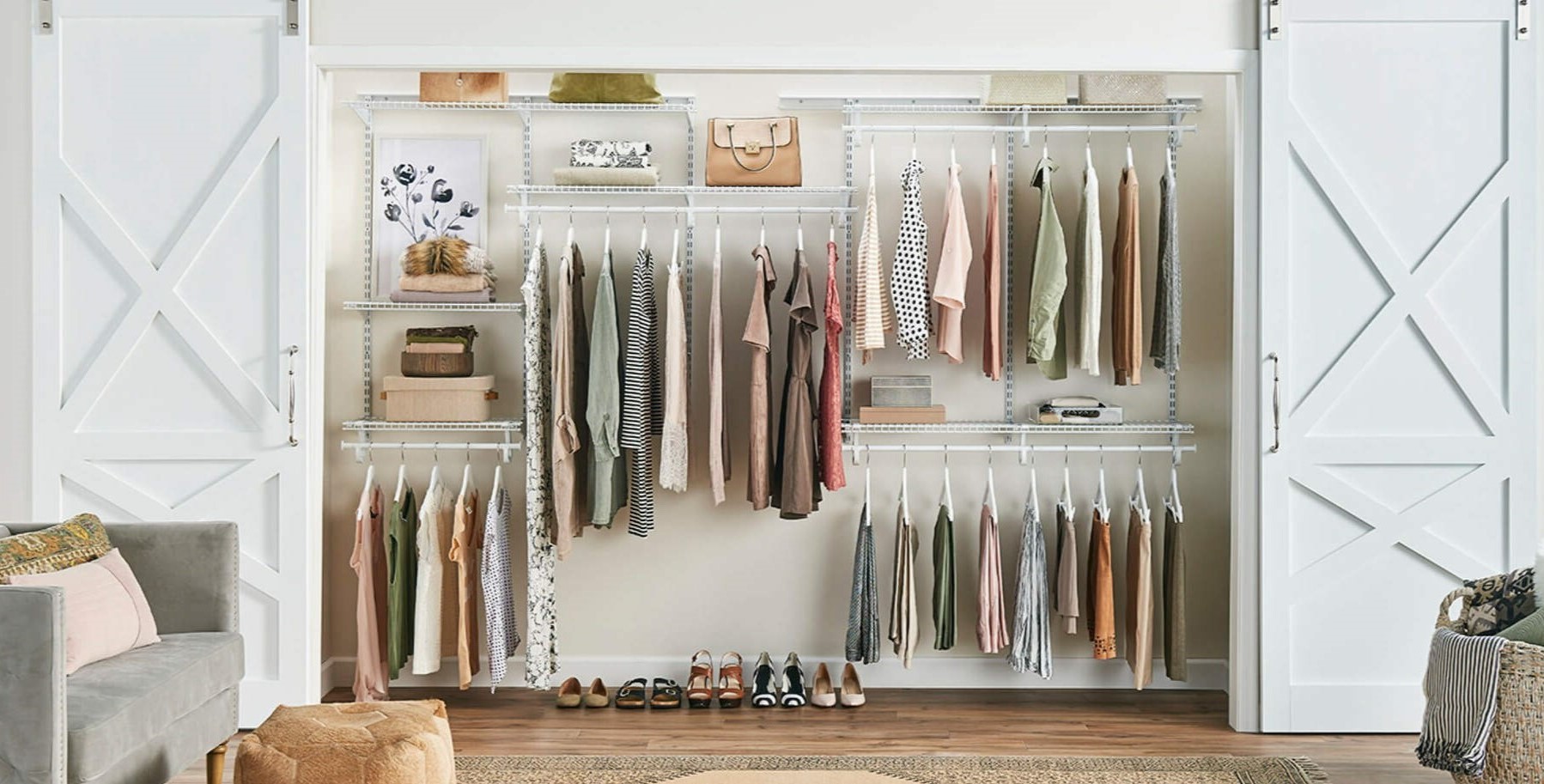
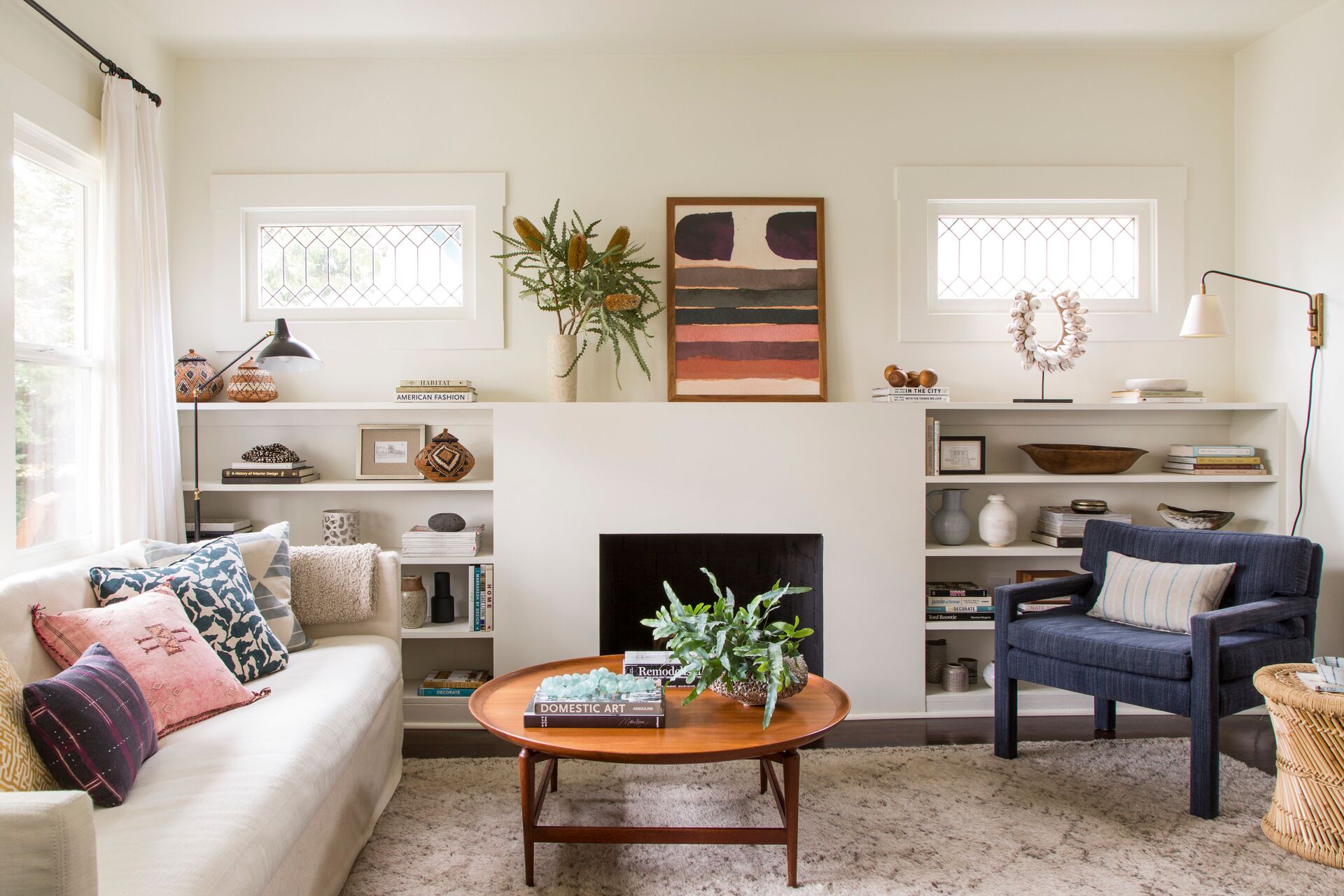
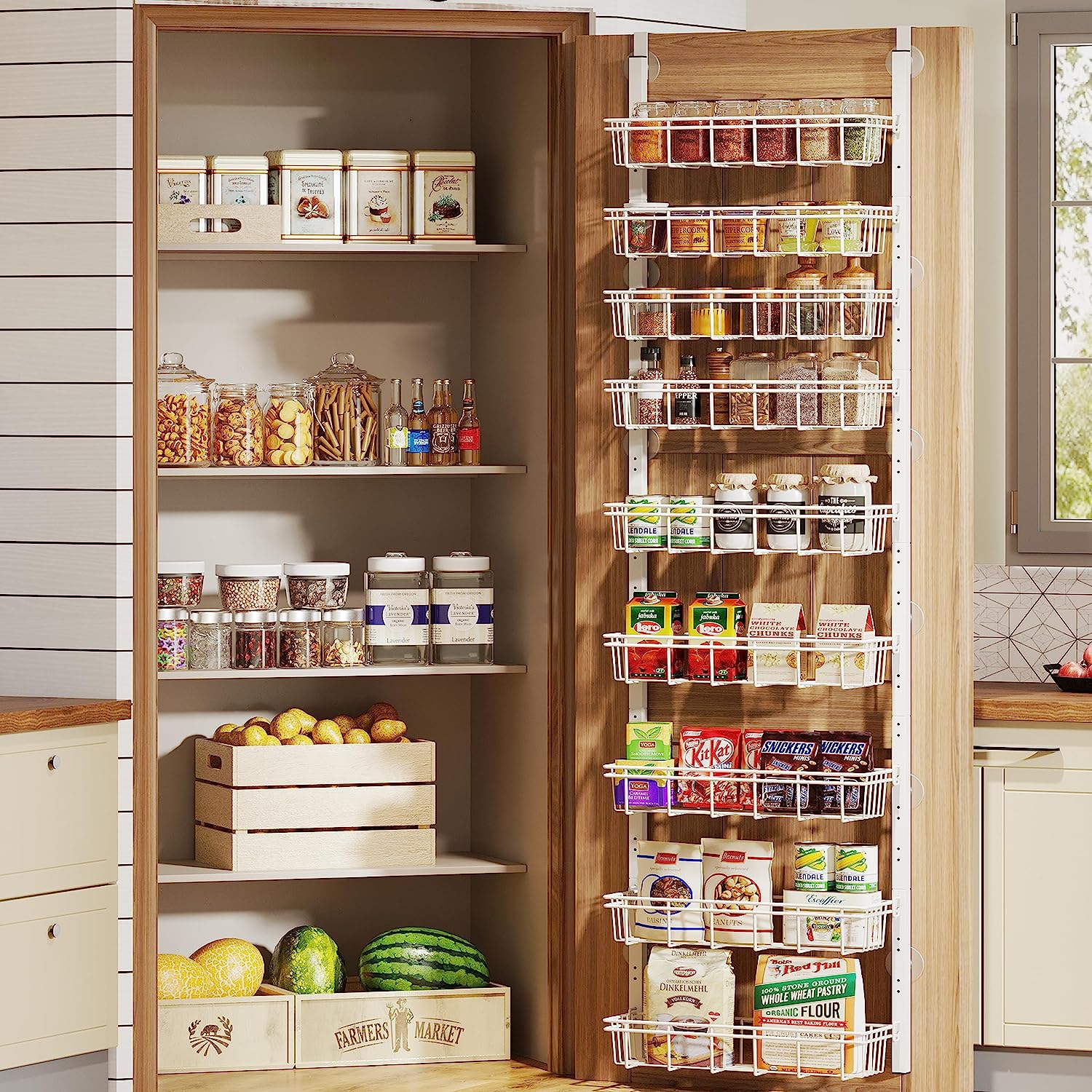
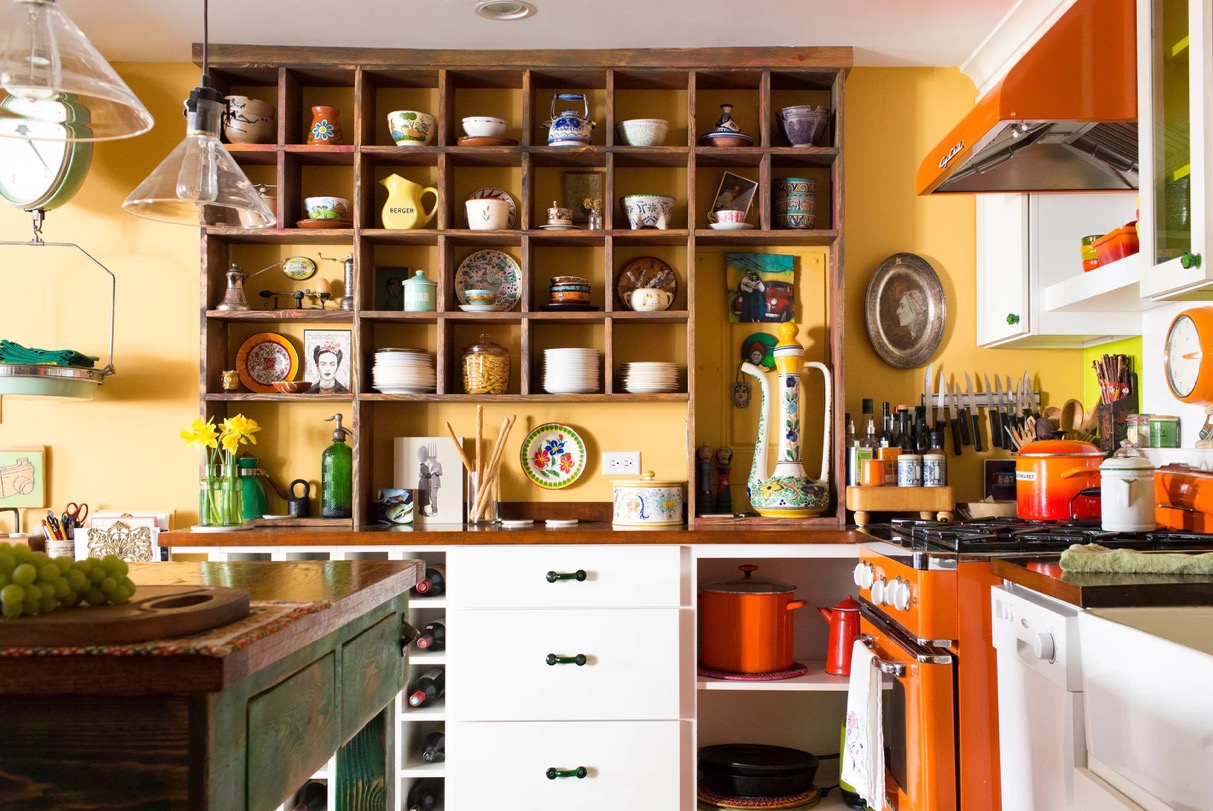
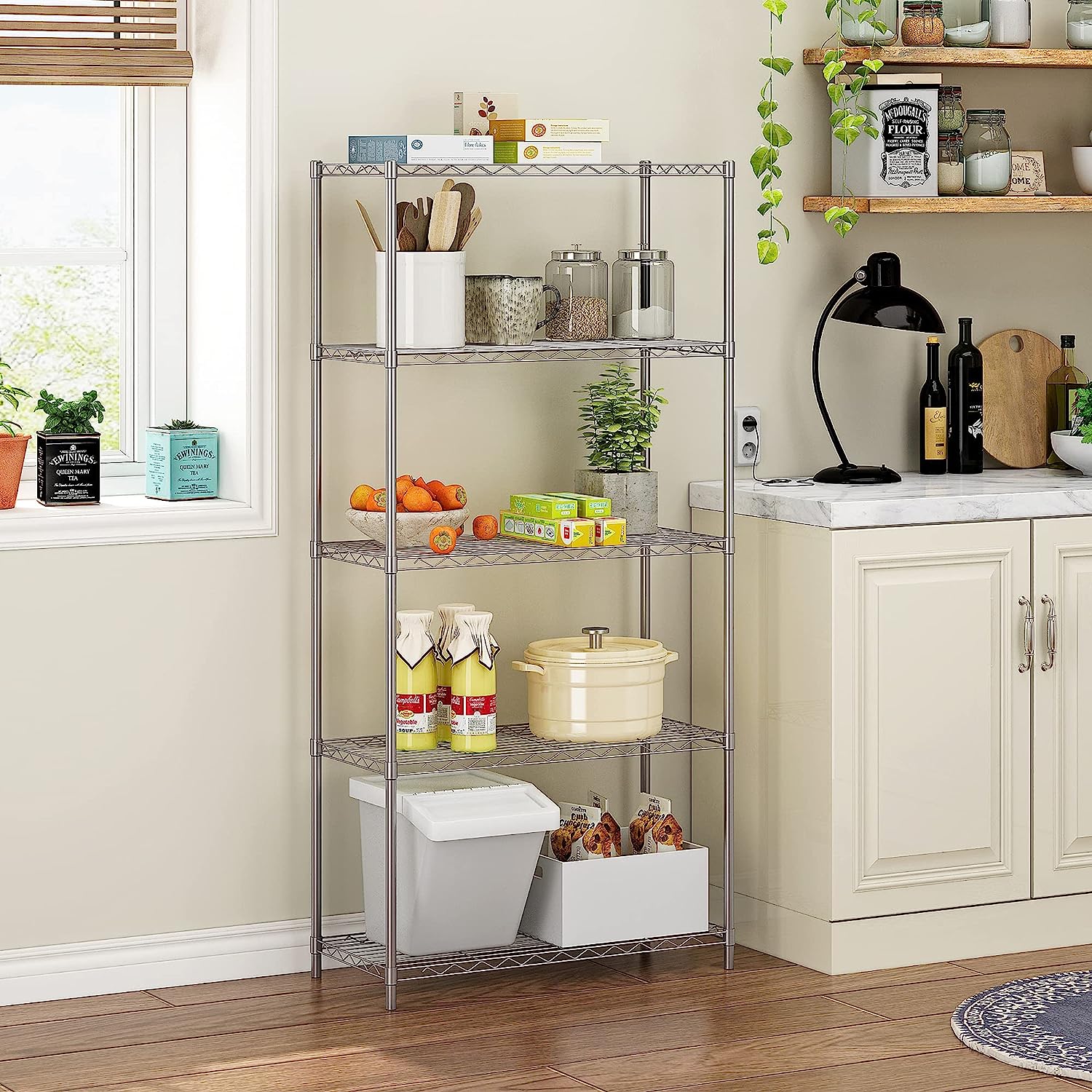
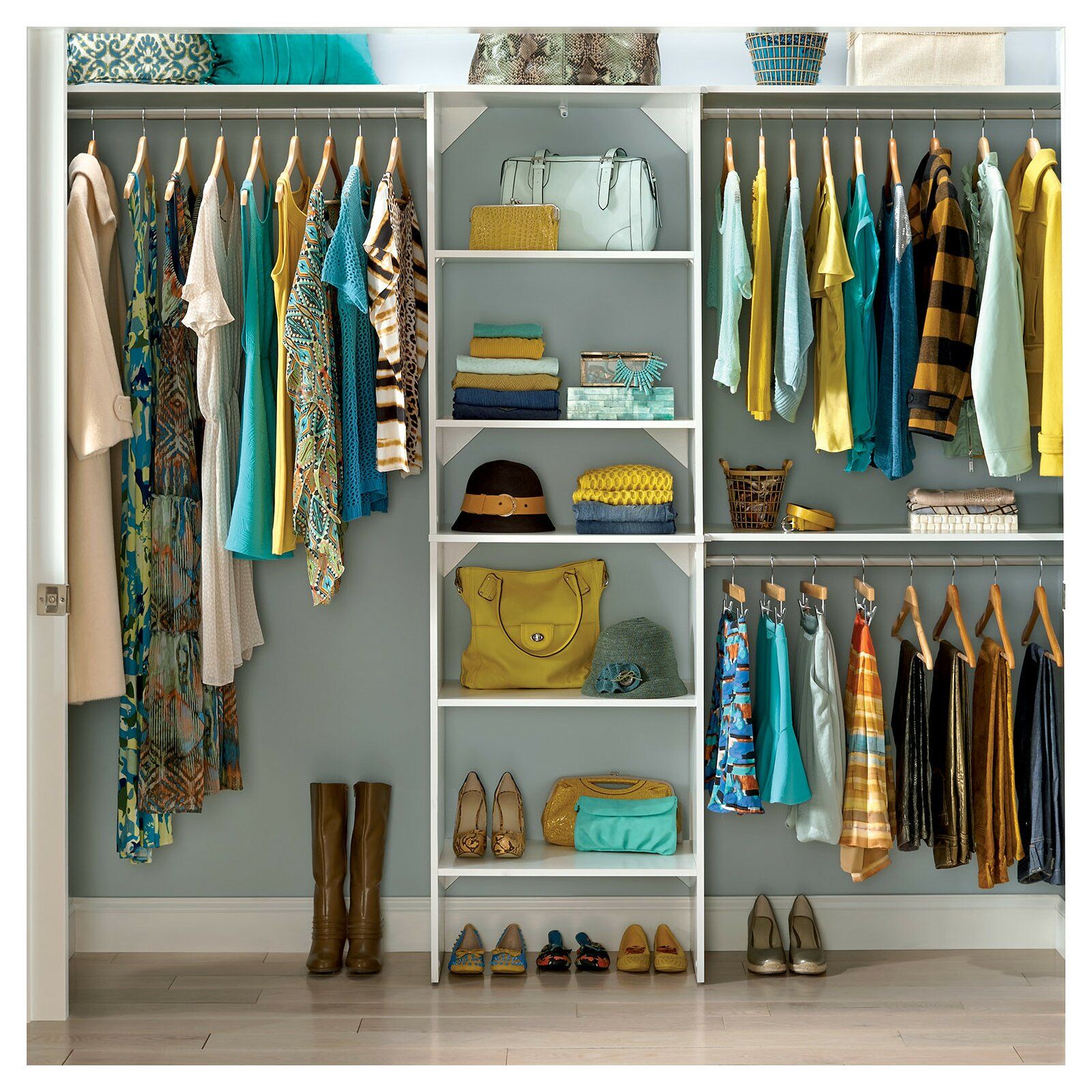
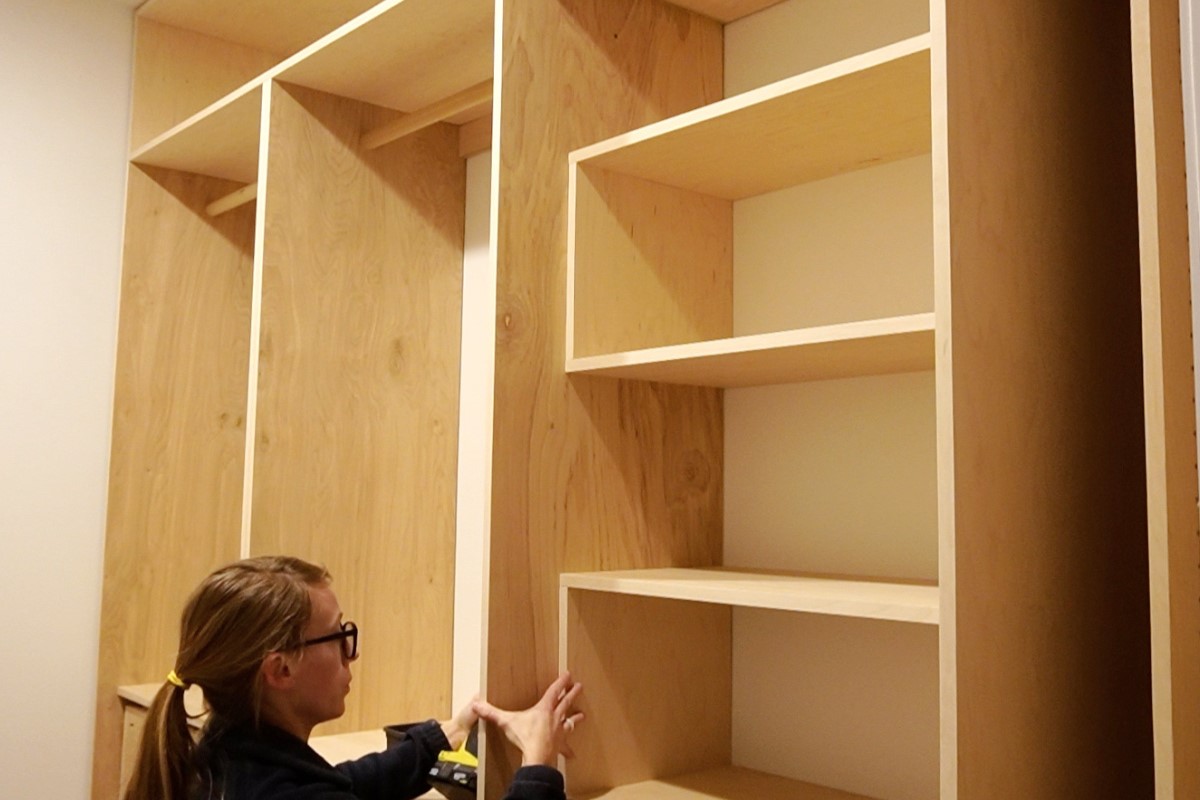
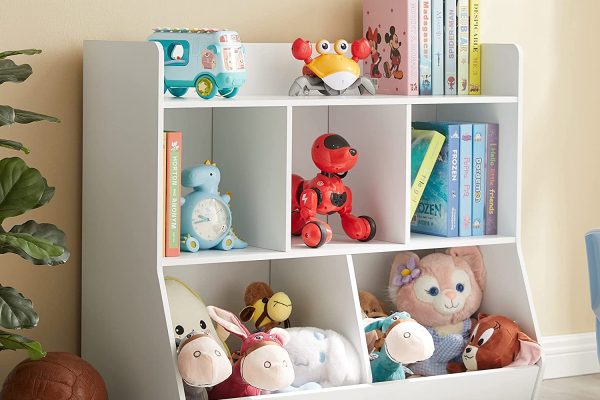

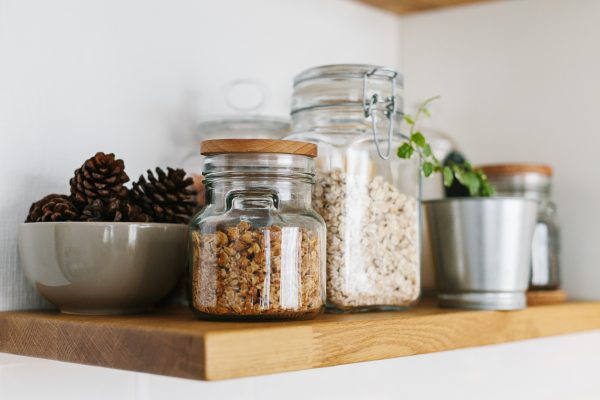
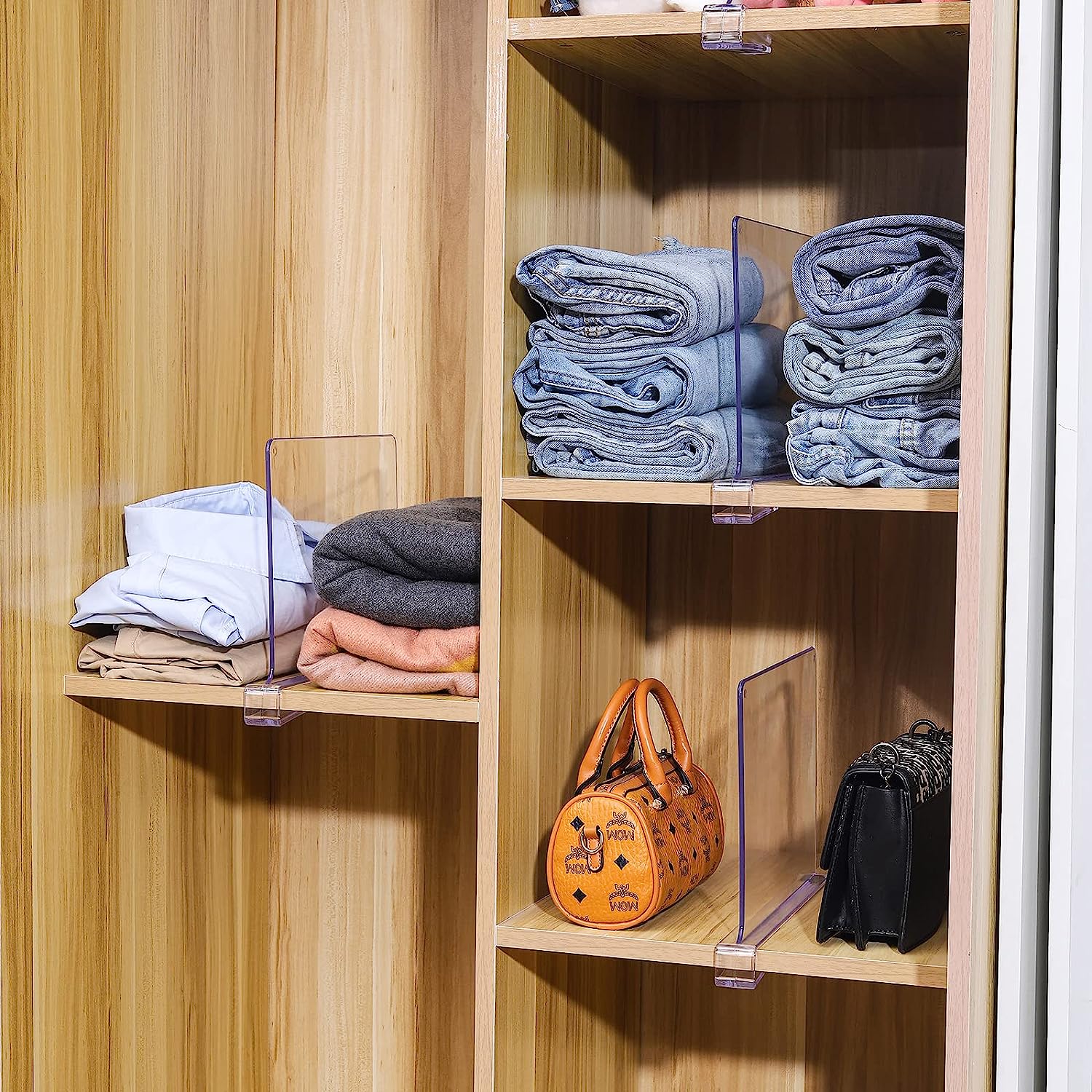

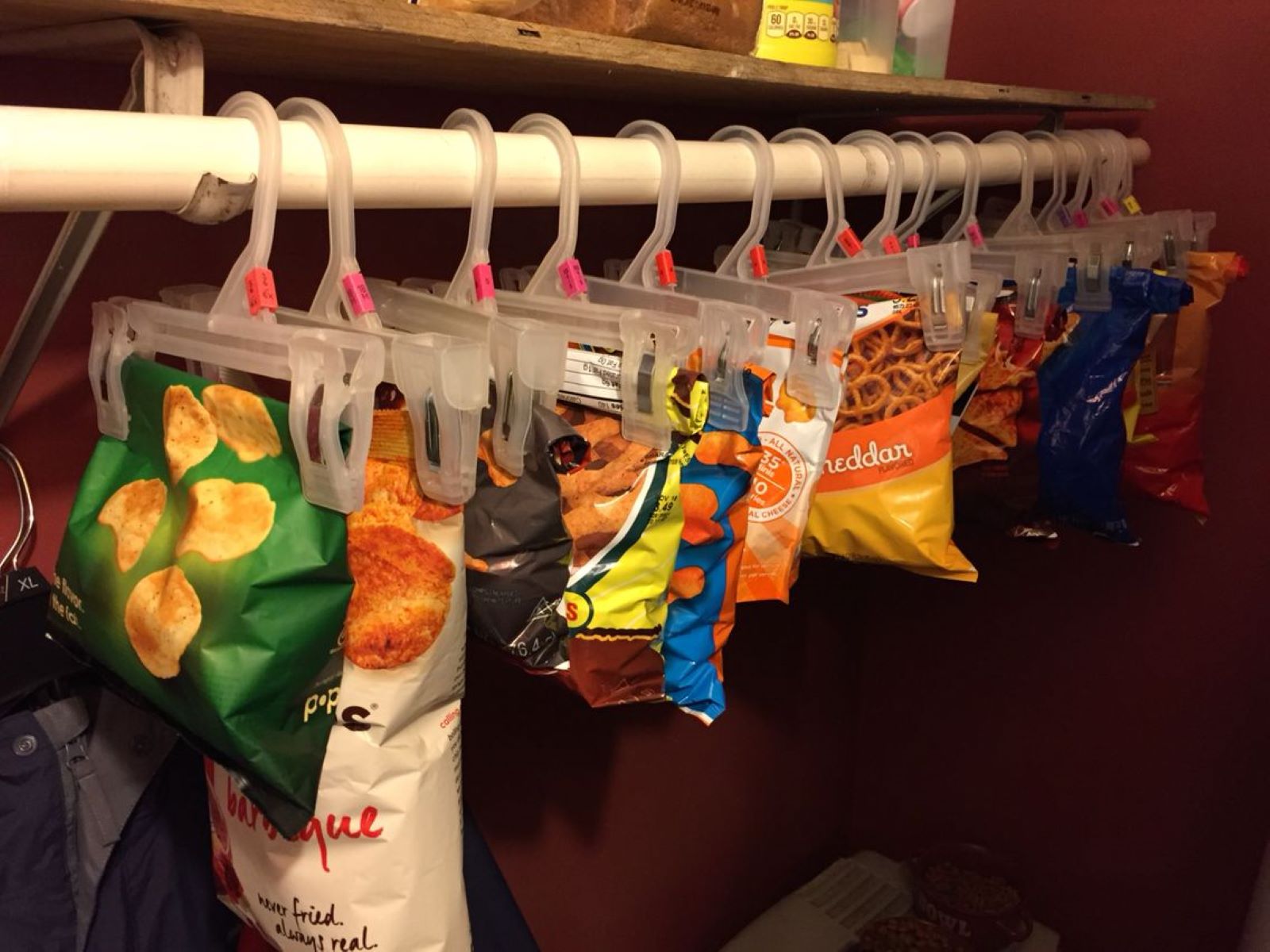

0 thoughts on “How To Organize Open Shelves”